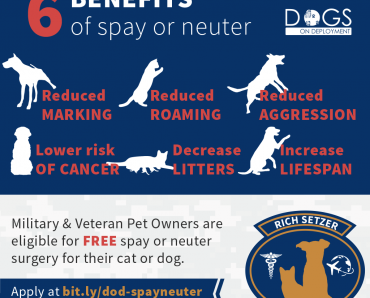The moment my husband and I saw Max’s adorable face staring at us from his cage at the Humane Society, we knew he was the one. Falling in love with him was easy; figuring out how to keep him safe and ensuring his return to us, should he ever run away or be stolen, was more challenging. There are several options to protect your pet, should these unthinkable situations occur.
- Collar ID

Adorable pup, but with no collar and ID tag, he’s easily lost or misidentified.
Photo credit: freedigitalphotos.net, Gualberto107
Upon getting Max from the human society, we instantly got him collar ID tags. It is engraved with his name, our name, our address, and our phone number. These are the easiest ways to ID a dog because a dog’s collar is the first place anyone looks, when they find a stray.
There are many drawbacks to ID tags on a collar.They are easily lost, or torn off by a frisky, adventurous dog. They also wear out easily, making them unreadable; Max’s chewing has marred his ID tags with teeth marks, for example. While there are new, high-tech ID tags with USB drives attached to them, they are not all that common; you can’t always rely on the general public to know what to do with such a new piece of technology.
- Microchips
Microchips are a tamper-proof way to ensure that your pet can be reunited with you. However, a microchip should not replace your pet’s rabies or generic ID tag.
Microchips are implanted into your pet with a needle and are generally placed between the shoulder blades. It is like getting a regular vaccine, so your pet does not need anesthesia; however, many pet owners choose to have them implanted during spay and neuter procedures, as the needle is larger than many vaccines. Talk to your vet about insertion, as some veterinarians recommend microchipping in conjunction with rabies vaccinations.
The microchip has a unique number assigned to it. The length of this number depends on where the microchip is implanted. For example, if the pet is given an ISO (International Organization for Standardization)microchip, he will have a longer code, one that is readable both backwards and forwards. Currently, North America does not follow the ISO standards; so, unless otherwise specified, most microchips implanted in North America are non-ISO standard microchips. However, if you are traveling to another continent, or with a military member with overseas orders, it is a good idea to microchip with an ISO standard microchip.
When a runaway pet is found and brought to a vet or a shelter, standard procedure involves the doctor scanning the shoulder area with a handheld device, looking for a chip. The scan is not harmful to your pet; the scanner looks much like a barcode reader you might see at the supermarket.
A microchip is only effective though, if it is registered with a database, much like a license. There are many well-known microchip database companies:
HomeAgain’s annual fee of $17.95 registers your pet in their database of over 6.5 million pets. This includes all brands of microchips, and covers airfare of up to $500 to return your lost pet if they are found over 500 miles away from home. They also have a downloadable app that you can download to send notification to other members in the area regarding missing pets, kind of like an Amber Alert for your pet. They also have a 24/7 emergency advice line, and they offer pet insurance.
The company offers both pet insurance and a place to register microchip ID numbers. To register your pet there is a fee; they offer either a yearly fee, or a lifetime fee, and fees differ depending on whether you are registering a cat or a dog. They have a 24-hour emergency advice line, as well as an alert system that notifies local shelters if you report your pet missing. Like HomeAgain, they register any brand of microchip; but they also offer their own specific type of microchip.
Avid has a specific microchip that they offer called the Avid Friend Chip. To use an Avid Friend chip, you you can use the search option on their site to find a vet that carries their chip. They also have a registration fee, either annual or lifetime enrollment. It does not specify if you can register a non-Avid brand microchip, on their site. However, they require you to do a paper form to verify your pet’s ID number and to pay the registration fee.
- Tattoos
Tattoos work similarly to microchips, as they are a unique number, assigned to your animal. However, they are not internal like a chip; they are externally applied, usually to puppies. They are often done by the breeder, usually inside of the ear, on the stomach or on the inner thigh.
The drawback to tattoos is that, like on humans, tattoos fade. Additionally, because they are not as common, they are unexpected, and not always noticed as a source of identification, especially if they are in a location that may be covered with new fur growth.
- GPS
Pet Tracker is a GPS unit that attaches to your pet’s collar and sends a signal to a pre-determined area that you have assigned for your pet. It tracks, on a map, where your pet is, in this area, and if your pet leaves it. It even tracks your pet’s activities throughout the day. It is waterproof, but runs off of a battery that you have to charge every 30 days. Pet Tracker (tagg) is the primary company offering this service.
With all the options we have available to provide identification for our pet it is very important to do your research to find out which one fits you, your pet, and your lifestyle. We all love our pets like they are part of the family, so why not use some of the great technology we have to be prepared for the worst?





